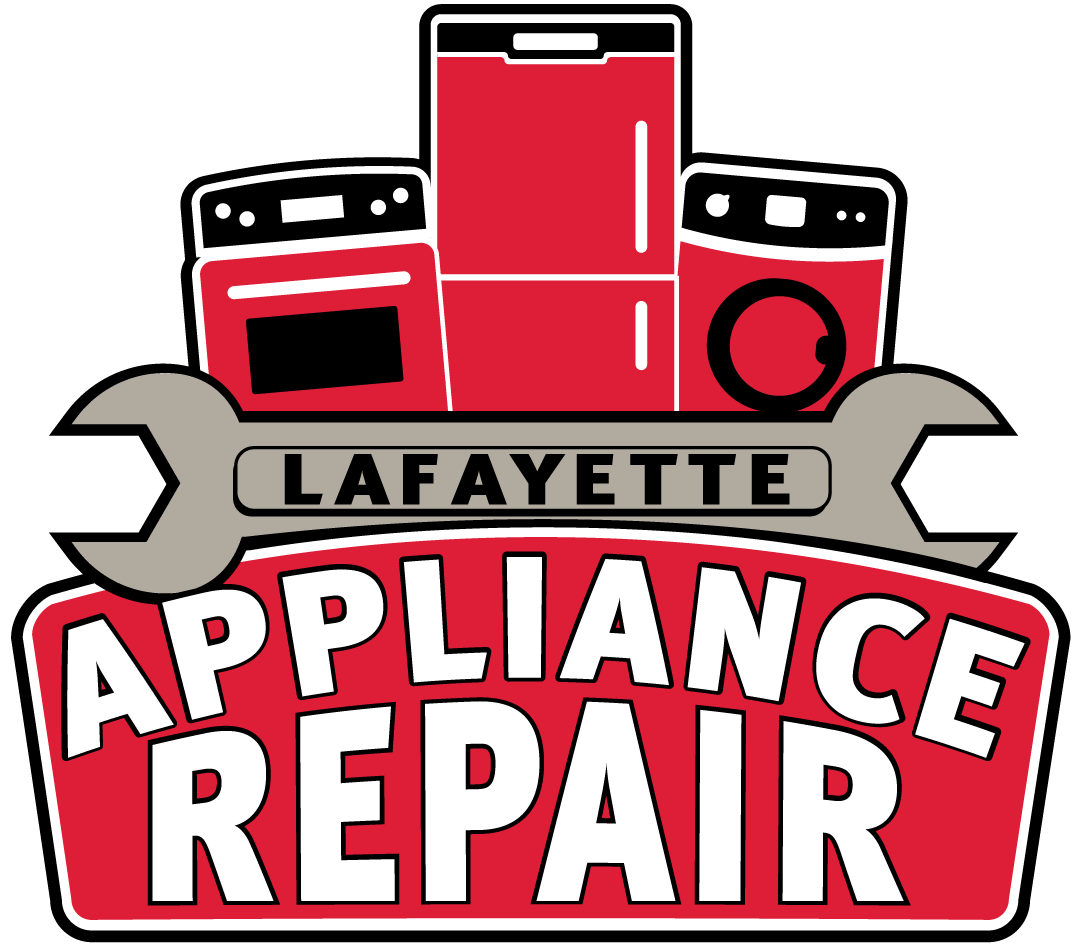Green Dishwashing w/out Phosphates

In 2010, 16 states adopted laws drastically limiting phosphorus in dishwashing detergents, resulting in virtually all detergent brands dropping the phosphorous content to a trace. That takes away one of two major issues with detergents, because phosphorous – after it leaves the drain and enters the environment – promotes algae growth and reduces the freshwater oxygen supply necessary for healthy river, lake and ocean ecosystems.
The remaining issues are the presence of chlorine bleach, perfumes and dyes. Just look at the warning labels on chlorine bleach to see it can be hazardous to the lungs, eyes and skin. Perfumes and dyes aren’t all harmful, but they aren’t tightly regulated either, so some suspect chemicals green consumers avoid can go under the guise of fragrances and coloring. Some, but not all green dishwashing detergents are free of these ingredients—check the label. The main problem with green dishwashing detergents is that they don’t always get dishes as clean as market leaders, which are generally phosphate-free but may contain those other ingredients.
Get the gleam back in your glasses
If your dishware or your dishwasher’s interior looks cloudy, there’s an easy test to determine if you have build-up due to detergents’ phosphate-free formulation.
“There’s a simple test we call the vinegar check,” says Diane Hoffman, senior strategic alliance manager, at Reckitt Benckiser, the maker of phosphate-free detergent, Finish. “Take a paper towel, dip it in vinegar, and gently rub the glass. If the cloudiness goes away, it’s hard water build-up.” If your vinegar check reveals an issue of build-up, you can wipe out the problem fairly easily according to dishwashing chemists at GE. Either dump two cups of vinegar in the bottom of your dishwasher and run it on the coolest, shortest heat setting possible, or use a detergent booster.
“A detergent additive will take the calcium and magnesium out of the water, similar to what phosphates used to do,” says Marty Hammond, chief sales officer at Lemi-Shine, which manufacturers a detergent booster.
Once the cloud has been lifted from dishes and the dishwasher, follow these steps to maximize your dishwasher’s results and avoid hard water build-up in the future.
- Read this article from The Daily Green for information on detergents that performed the best. All top seven performers were single-dose detergents, either pacs or tablets.
- Use a rinse aid with every wash.
- Follow-up with a detergent booster periodically when you start to notice the build-up of white film on your dishes.
- If you haven’t done so already install a whole-home water softener. A water softener will help combat scaling on your dishes as well as extend the life of your dishwasher, water heater, and faucets.
(Parts of this post reprinted from The Daily Green and BusinessWire)
